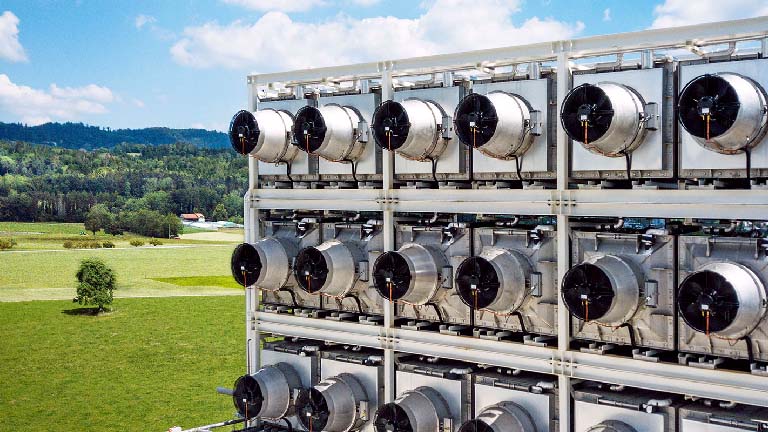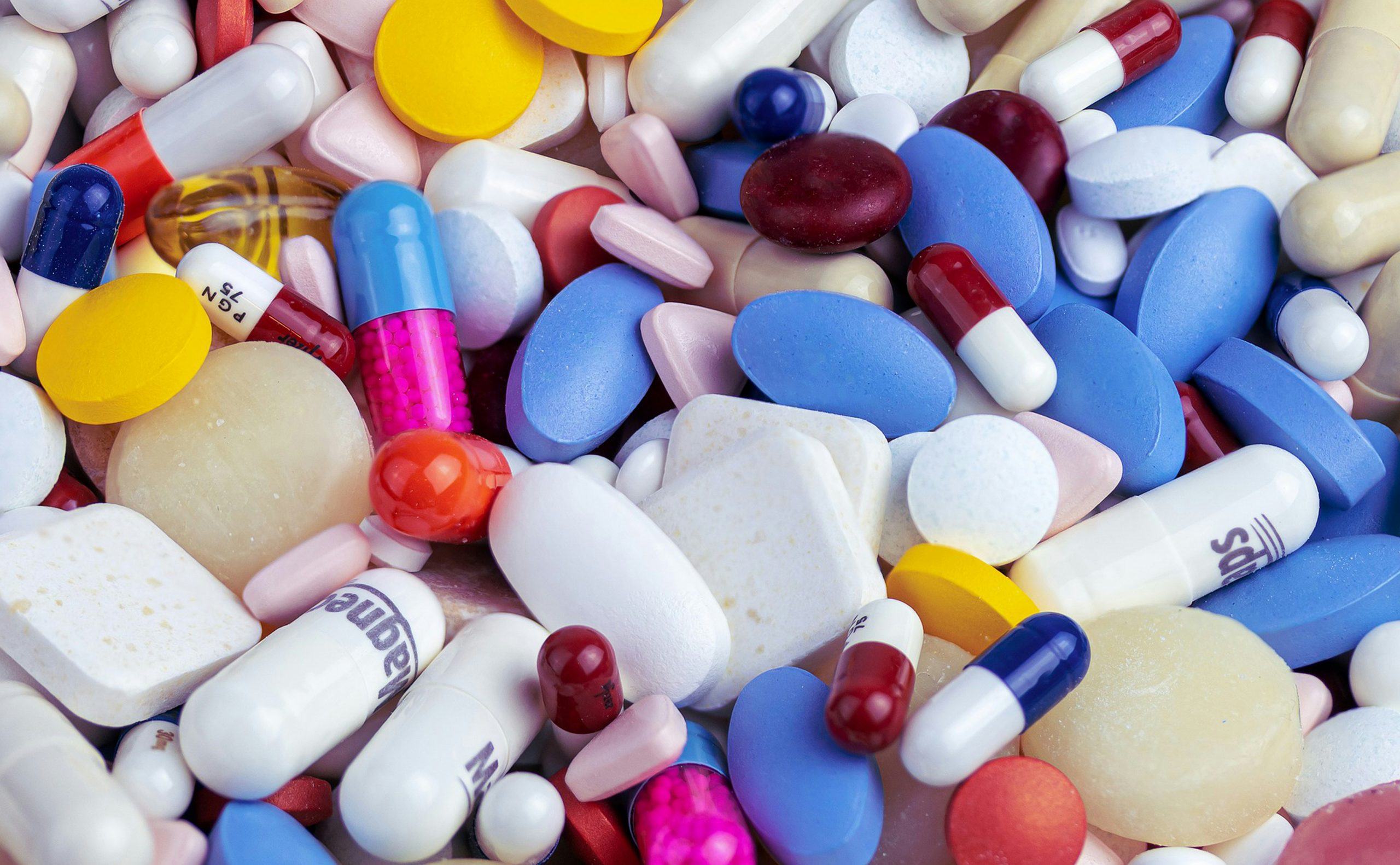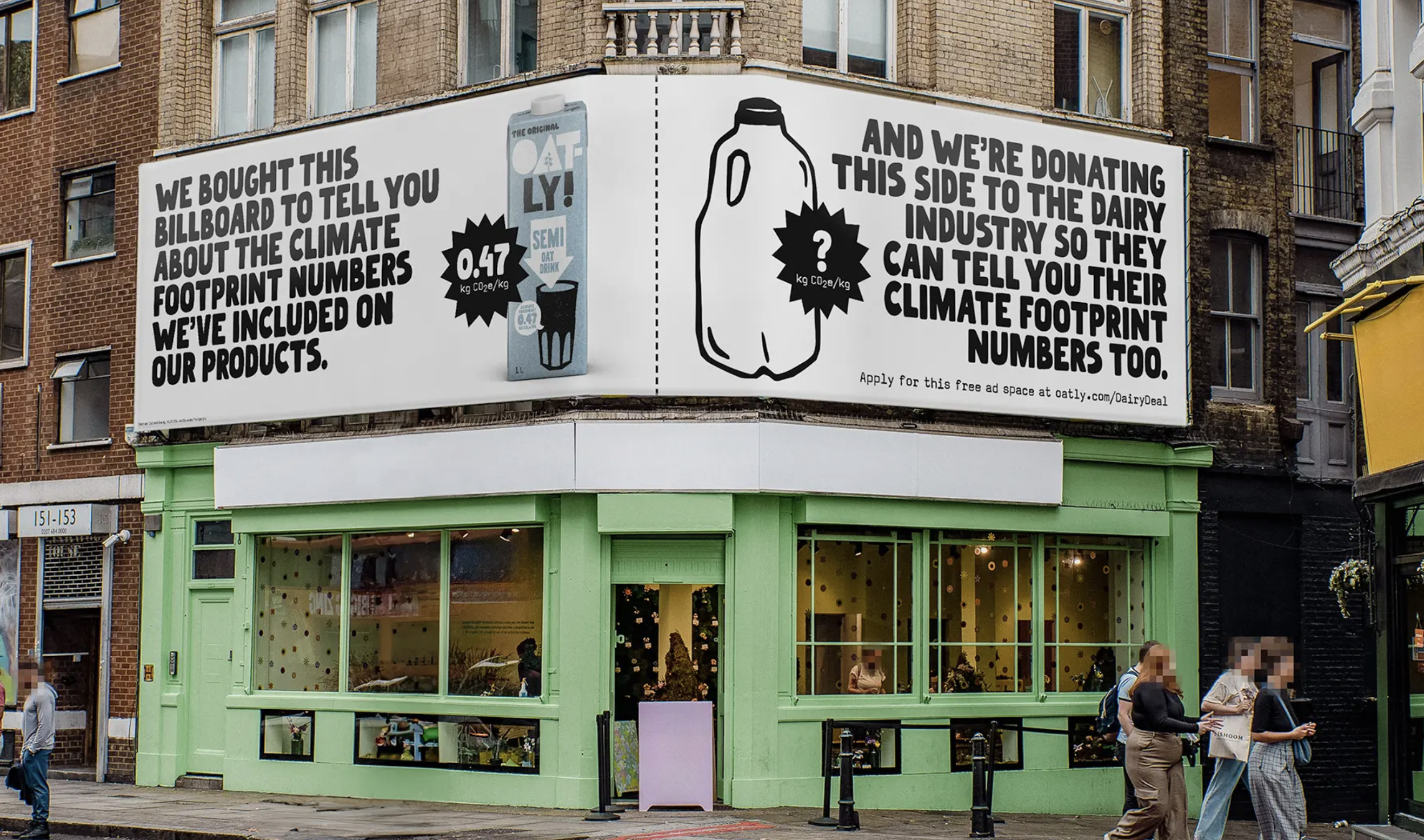PUBLISHED
Nov 30, 2023
WORDS
Esme Smith
The next revolution is… Direct Air Capture
COP28 has officially arrived. With it, the critical debate on how to reach global Net Zero targets.

While a third of the world’s largest companies have committed to Net Zero emissions by 2050, one thing is becoming clear, we are going to struggle to get all the way there just by reducing emissions.
We need to turn back the clock on climate change. Somehow take the carbon we have released since industrialisation back out of the air. And fast.
Trees are already doing this job for us but with continued use of fossil fuels and deforestation, the amount of carbon dioxide in the atmosphere is rising faster than natural processes alone can counteract. That’s why experts are seeking ways to mimic what nature can do.
Fortunately, the technologies to do just that are emerging. Direct Air Capture (DAC) has gone from science fiction to big business and it’s our next revolution. A rapidly evolving space, DAC can cover a whole bunch of technologies and innovations including the re-mineralisation of rocks, absorption by engineered microorganisms or trapping CO2 within advanced materials.
The Biden administration in August awarded $1.2 billion to help several companies build direct air capture plants in Texas and Louisiana. Hundreds of start-ups have emerged, chasing corporate giants like Airbus and JPMorgan Chase who are spending millions to buy carbon removal credits in order to fulfil corporate climate pledges.
Critics point out that many artificial methods of removing carbon dioxide from the air are wildly expensive, in the range of $600 per ton or higher (below $50 would be a more competitive price), and some fear they could distract from efforts to reduce emissions. And if the vast amounts of energy required for direct carbon capture aren’t green, the whole process might end up being counter productive.
The question is, what are we using it for? We shouldn’t think of carbon capture as a means to justify continued oil production. But if it can help in areas where it is harder to prevent emissions – such as fertilizer – the opportunities are undeniably exciting.
Entrepreneurs are already using jewellery, fragrances and clothing to demonstrate what’s possible with repurposed carbon. For example, AirCompany takes carbon from the air and turns it into a host of products. First came AirVodka, “the world’s cleanest, highest quality and first carbon-negative spirit”. Then came a fragrance, laundry detergent and even fuel.
Twelve is a “carbon transformation company” that creates fossil-free fuel from air, not oil. Apparently, with the “same quality and performance as conventional marine fuel, but with up to 90% lower lifecycle emissions”. In 2022, this fuel powered a U.S. Air Force Flight. JetBlue and Virgin Atlantic have recently entered a multiyear agreements to buy the fuel.
Another company, LanzaTech, uses a similar process to create carbon captured materials that can be used in a polyester thread. This thread has been used in capsule collections for Lululemon, Zara, Craghoppers, Adidas and H&M.
So, is this latest venture truly a step in the right direction? Or an advanced form of greenwashing, concealing a global crisis of overproduction and overconsumption?
Perhaps both are true.
Energy Security and Net-Zero Minister Graham Stuart, who will lead the UK Government’s delegation at COP28, has stated that there is“nothing fundamentally wrong with oil and gas” so long as carbon capture is used. Carbon capture cannot become an excuse for failing to deliver urgent emission reductions, especially while the technologies are not yet scalable.
If we want to reach our NetZero targets, immediate action is needed. But, the next revolution in direct air capture technology provides an interesting demonstration of what the future holds.
Enjoyed this? Click here to sign up for next month’s newsletter.
We need to turn back the clock on climate change. Somehow take the carbon we have released since industrialisation back out of the air. And fast.
Trees are already doing this job for us but with continued use of fossil fuels and deforestation, the amount of carbon dioxide in the atmosphere is rising faster than natural processes alone can counteract. That’s why experts are seeking ways to mimic what nature can do.
Fortunately, the technologies to do just that are emerging. Direct Air Capture (DAC) has gone from science fiction to big business and it’s our next revolution. A rapidly evolving space, DAC can cover a whole bunch of technologies and innovations including the re-mineralisation of rocks, absorption by engineered microorganisms or trapping CO2 within advanced materials.
The Biden administration in August awarded $1.2 billion to help several companies build direct air capture plants in Texas and Louisiana. Hundreds of start-ups have emerged, chasing corporate giants like Airbus and JPMorgan Chase who are spending millions to buy carbon removal credits in order to fulfil corporate climate pledges.
Critics point out that many artificial methods of removing carbon dioxide from the air are wildly expensive, in the range of $600 per ton or higher (below $50 would be a more competitive price), and some fear they could distract from efforts to reduce emissions. And if the vast amounts of energy required for direct carbon capture aren’t green, the whole process might end up being counter productive.
The question is, what are we using it for? We shouldn’t think of carbon capture as a means to justify continued oil production. But if it can help in areas where it is harder to prevent emissions – such as fertilizer – the opportunities are undeniably exciting.
Entrepreneurs are already using jewellery, fragrances and clothing to demonstrate what’s possible with repurposed carbon. For example, AirCompany takes carbon from the air and turns it into a host of products. First came AirVodka, “the world’s cleanest, highest quality and first carbon-negative spirit”. Then came a fragrance, laundry detergent and even fuel.
Twelve is a “carbon transformation company” that creates fossil-free fuel from air, not oil. Apparently, with the “same quality and performance as conventional marine fuel, but with up to 90% lower lifecycle emissions”. In 2022, this fuel powered a U.S. Air Force Flight. JetBlue and Virgin Atlantic have recently entered a multiyear agreements to buy the fuel.
Another company, LanzaTech, uses a similar process to create carbon captured materials that can be used in a polyester thread. This thread has been used in capsule collections for Lululemon, Zara, Craghoppers, Adidas and H&M.
So, is this latest venture truly a step in the right direction? Or an advanced form of greenwashing, concealing a global crisis of overproduction and overconsumption?
Perhaps both are true.
Energy Security and Net-Zero Minister Graham Stuart, who will lead the UK Government’s delegation at COP28, has stated that there is“nothing fundamentally wrong with oil and gas” so long as carbon capture is used. Carbon capture cannot become an excuse for failing to deliver urgent emission reductions, especially while the technologies are not yet scalable.
If we want to reach our NetZero targets, immediate action is needed. But, the next revolution in direct air capture technology provides an interesting demonstration of what the future holds.
Enjoyed this? Click here to sign up for next month’s newsletter.
Your Cookie Settings
By clicking 'Accept All Cookies', you agree to the storing of cookies on your device to enhance site navigation, analyse site usage, and assist in our marketing efforts.



